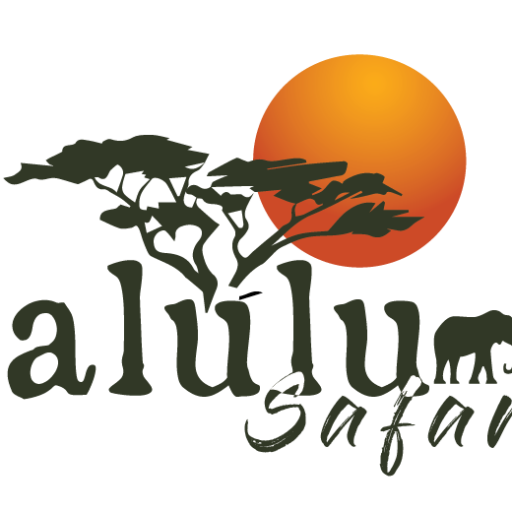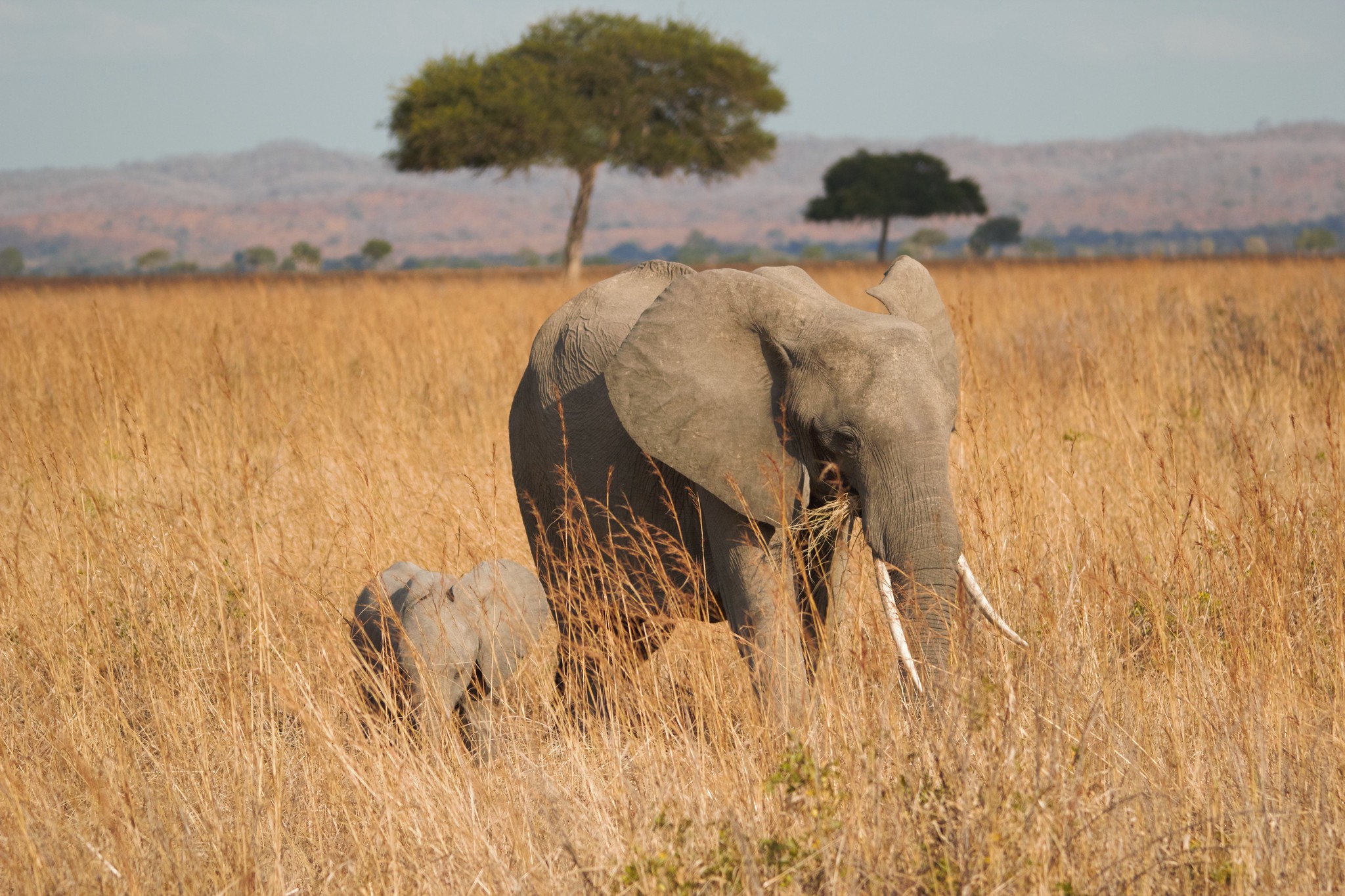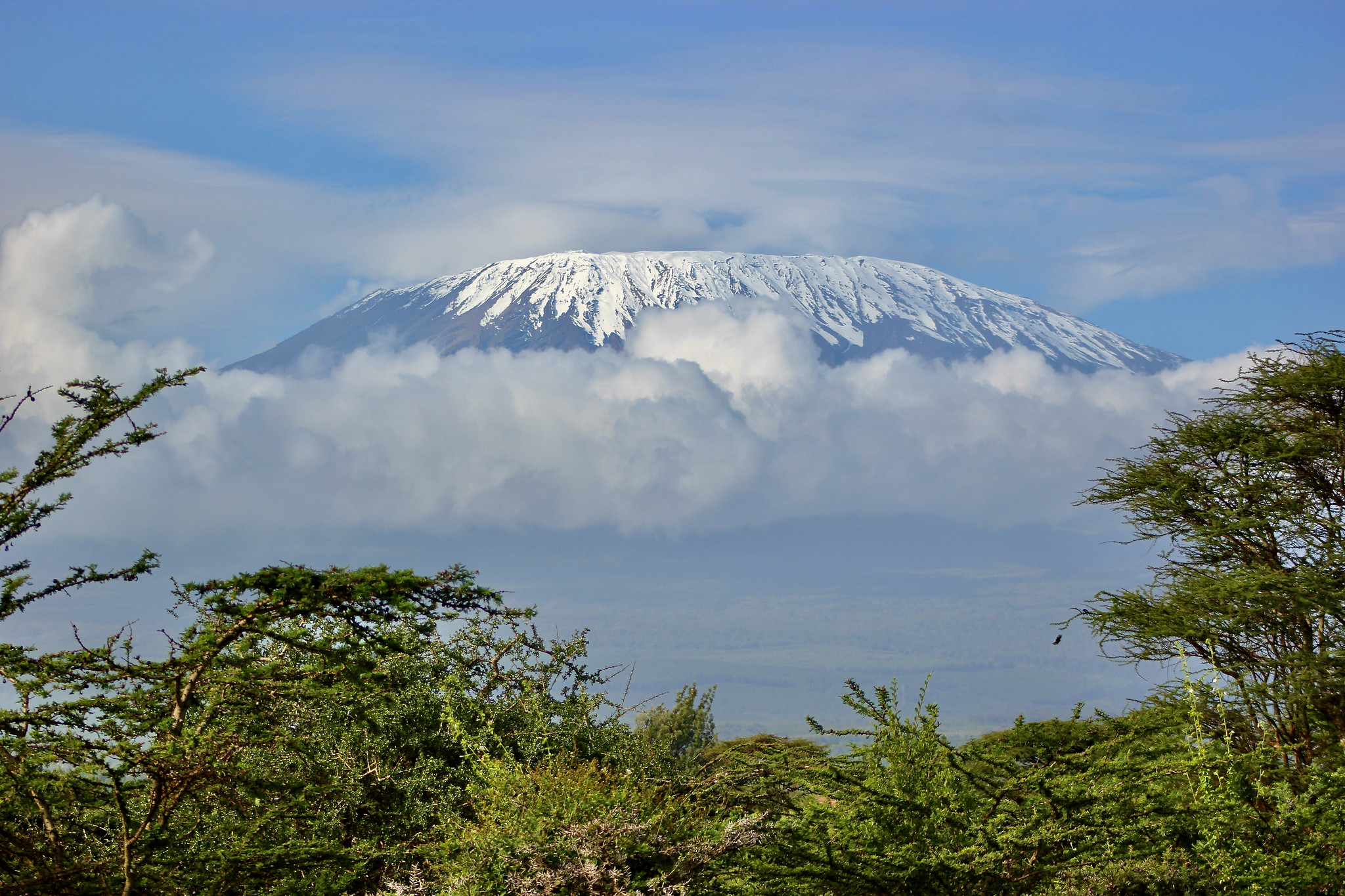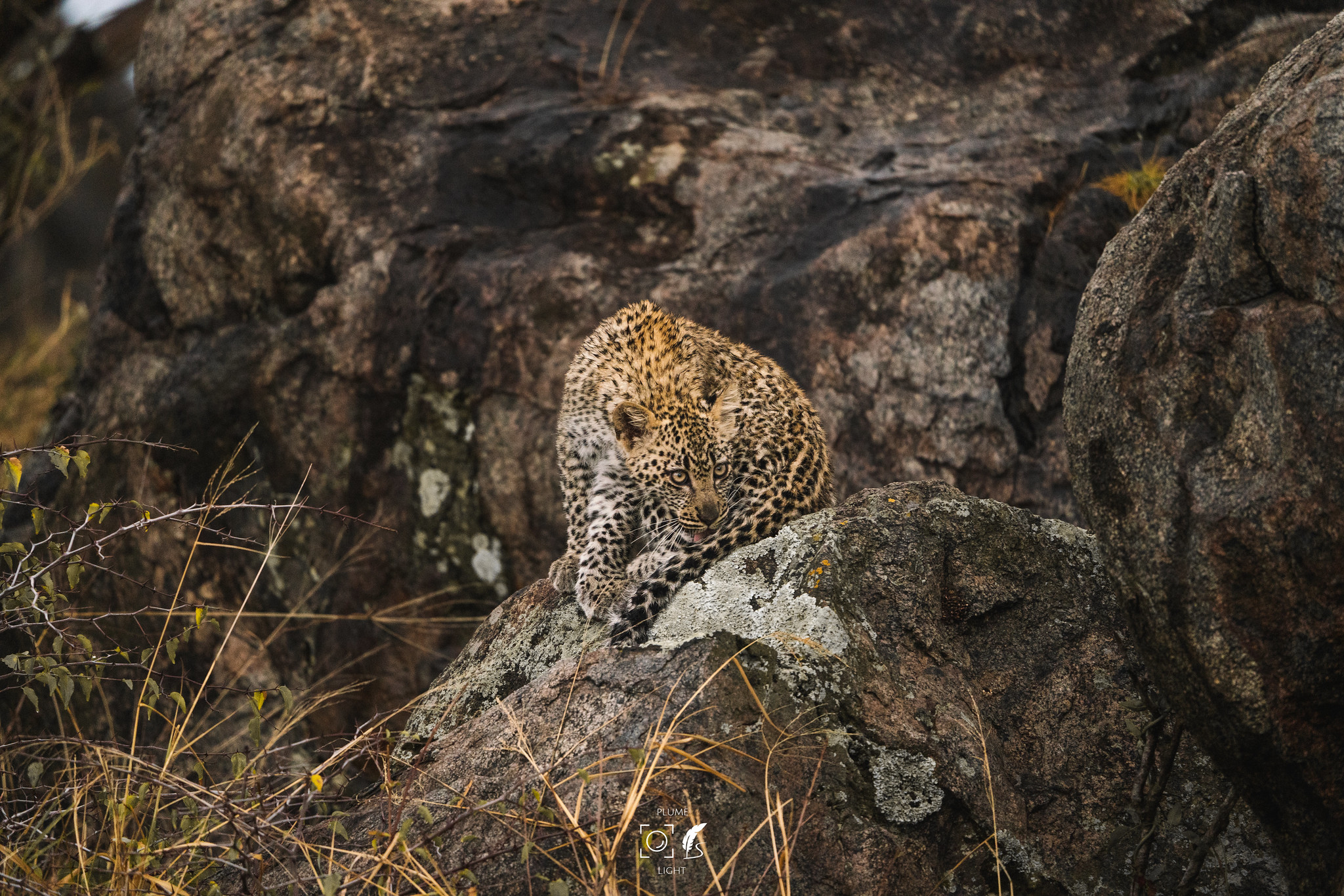National Park of Gombe Stream, From the depths of the forest, a single joyful whoop is amplified by a chorus of other voices, which gradually increase in volume, speed, and pitch until they reach a deafening scream. It’s the well-known “pant-hoot” call, a rite of passage that serves as a means of mutual recognition amongst members of a group by virtue of their distinctive vocalizations. This scream sends chills down your spine because it means you’re about to come face to face with man’s closest genetic relative, the chimpanzee, in the ancient woods of Gombe Stream.
Gombe National Park is the tiniest of Tanzania’s protected areas, a narrow swath of chimpanzee habitat straddling the steep slopes and river valleys that border the lake’s sandy northern side. Jane Goodall, a trailblazer in the field of behavioral research, established a program there in 1960 that has now become the world’s longest-running study of its kind due to the chimpanzees’ familiarity with humans. Fifi, the matriarch of the village, is still often seen by tourists despite being just three years old when Goodall first stepped foot in Gombe.
Even though humans and chimpanzees share around 98% of their genes, it doesn’t take a geneticist to tell which characters are famous and which aren’t based just on their pants, hoots, and screams. When you gaze into a chimpanzee’s eyes and it looks back at you, you can catch a glimpse of recognition across the thinnest of species borders.
The other primates in Gombe are the most easily spotted mammals there. While red-tailed and red colobus monkeys prefer to stay in the forest canopy to avoid being hunted by chimpanzees, a population of beachcomber olive baboons has been studied extensively since the 1960s and is unusually acclimated.
There are around 200 different types of birds in the park, ranging from the regal fish eagle to the dazzling Peter’s twins pots that bounce placidly near the visitor center.
At night, the lake becomes a floating metropolis, illuminated by the lanterns of hundreds of little wooden boats.
The National Park of Gombe Stream
Size: 52 sq km (20 sq miles), Tanzania’s smallest park.
Location: On the shore of Lake Tanganyika in western Tanzania, 16 km (10 miles) north of Kigoma.
How to get there:
Kigoma is connected to Dar and Arusha by flights, to Mwanza and Dar by a slow train, to Mwanza, Dar, and Mbeya by rough dirt roads, and to Mpulungu in Zambia by a boat that runs once a week.
Gombe can be reached from Kigoma by local lake cars, which take up to three hours, or by motorboats, which take less than an hour.
What to do:
go gorilla-spotting, climbing, swimming, and snorkeling;
Visit Ujiji, near Kigoma, where Henry Stanley wrote “Dr. Livingstone, I Presume” and watch the famous dhow makers at work.




